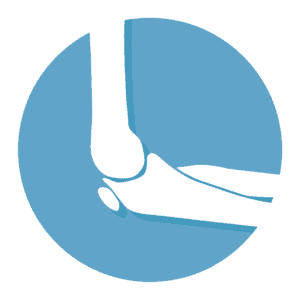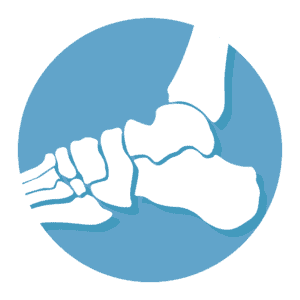
Anatomy Perspectives
The shoulder joint is of the ball and socket variety, surrounded by different muscles, tendons and ligaments. Of these, the biceps tendon is the one that attaches into the shoulder blade, traversing the humerus bone. Its attachments include both a long head and a short head. Either of these heads may become torn, due to a number of different factors.
Types of Biceps Tendon Tear
Broadly classified, biceps tendon tears at the shoulder can be either partial tears or complete tears. A partial tear involves incomplete tearing of the biceps tendon, while a complete tear involves the biceps tendon being divided into two parts. Among the two heads of the biceps, the long head is the one that is most vulnerable to injury. In addition, the biceps tendon is rarely torn alone. Injuries to the biceps tendon often involve the surrounding structures as well.
Causes of Biceps Tendon Tear
The most common cause of biceps tendon tear is injury. Injury occurs when an individual falls directly on an outstretched arm or sustains direct trauma to the shoulder. Older people who are involved in activities that place a great deal of stress on the biceps tendon are more prone to developing tears and injuries. Overuse of muscles can also result in this condition.
Symptoms
Typically, patients complain of a sudden onset of pain in the upper arm around the shoulder joint. In some cases, a little crack or noise may be heard when the shoulder joint is moved. Patients may have difficulty performing different shoulder movements, due to the sharp pain that they experience. Upon examination, the shoulder joint will be extremely tender and the patient will have restricted movements.
Diagnosis
A diagnosis of biceps tendon tear is usually achieved through simple clinical examination. If required, X-rays of the shoulder joint may be performed to ascertain if there are any injuries to surrounding structures. Also, any evidence of bone fractures must be ruled out An MRI scan may be helpful in determining whether the tear of the biceps is partial or complete.
Treatment
In the initial stages, conservative treatment is recommended. This will include rest of the shoulder joint and application of ice packs, which can help to reduce the pain and swelling. Over time, the biceps tendon will heal by itself. However, some patients may experience residual weakness of the muscles and may not have the same strength that they enjoyed prior to their injury.
Patients who have experienced a torn biceps tendon may require intensive physical therapy to help them regain their strength. This can be offered to them once healing has occurred. If movements are painful, patients may be prescribed non-steroidal anti-inflammatory drugs.
In the event that the above treatments do not help the patient, patients may have to undergo surgical correction of the biceps tendon tear. This occurs in rare cases and includes the reanchoring of the tendon to the shoulder joint. Patients will require physical therapy and a period of rehabilitation following surgery. Complications are rare and recovery times are variable.
Conclusion
Biceps tendon tears are uncommon but can occur following injury or trauma to the shoulder joint. Treatments are mostly conservative, but in rare cases patients may require surgery.








